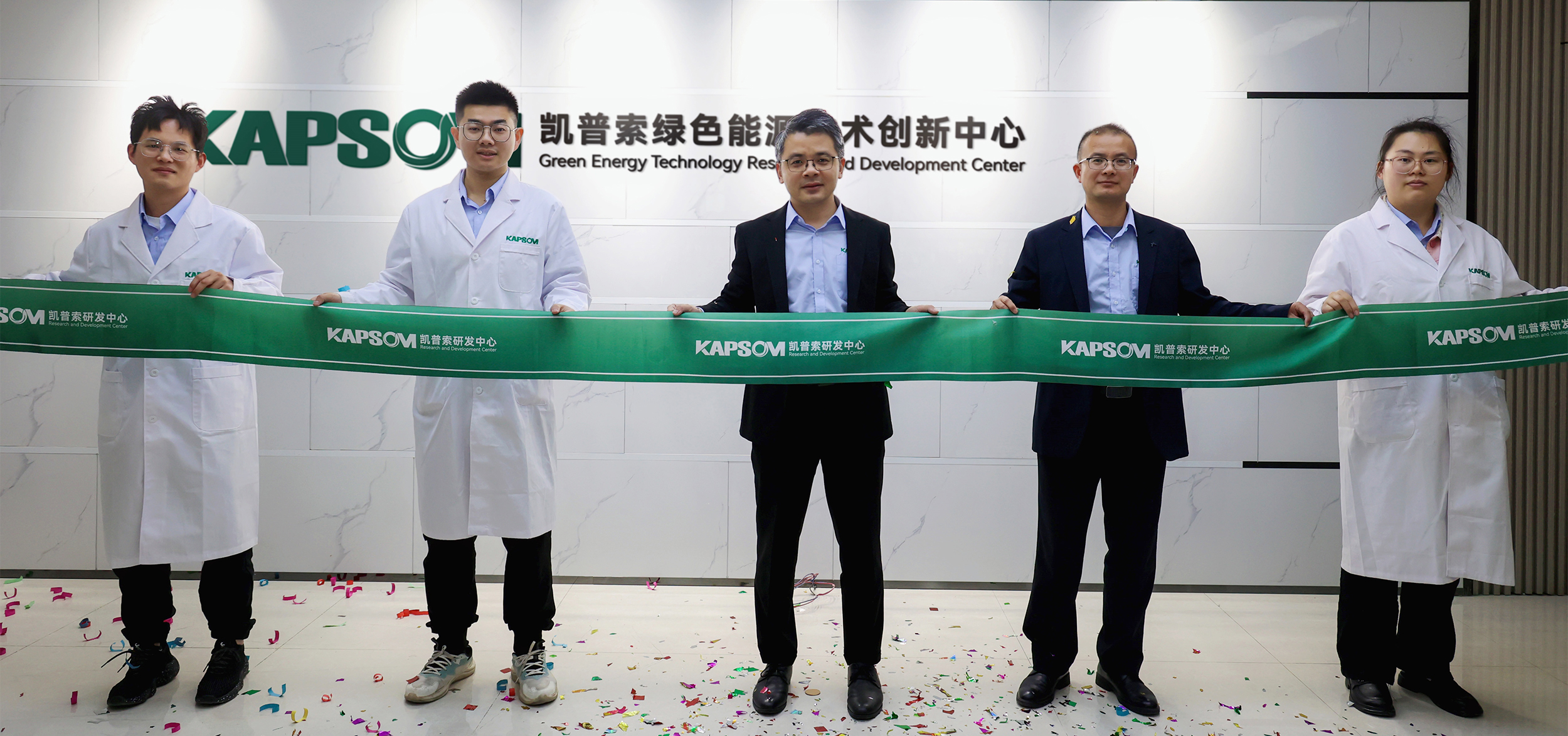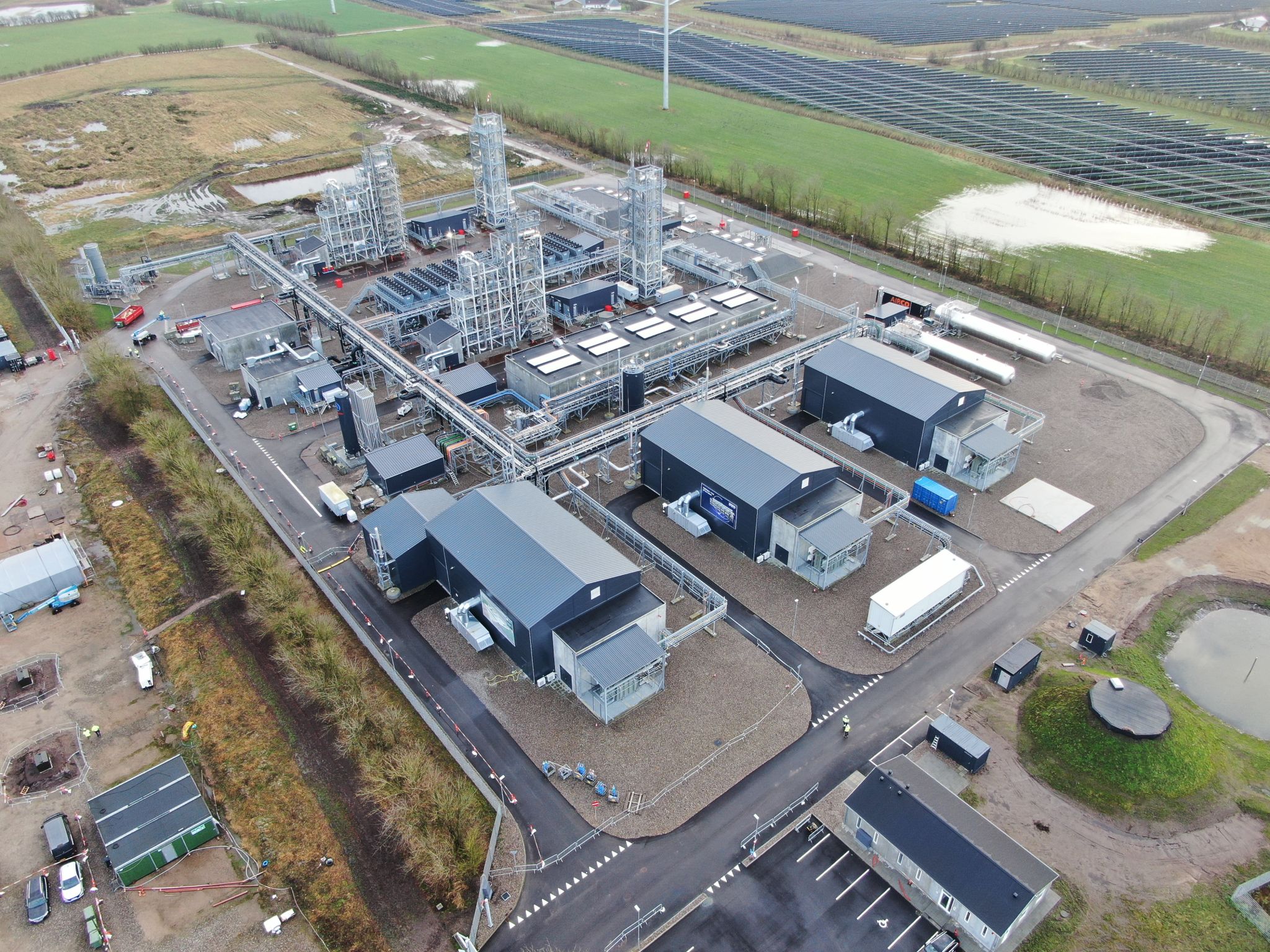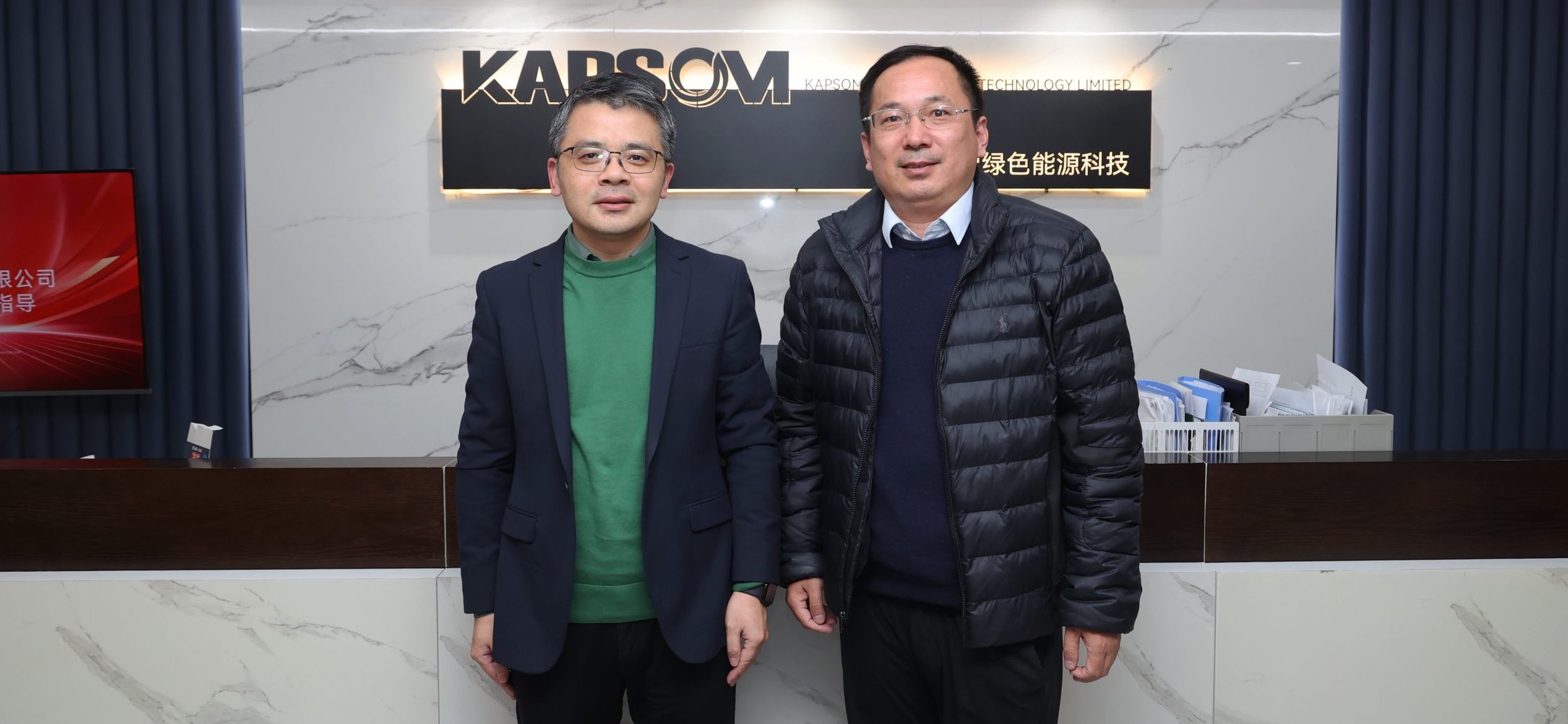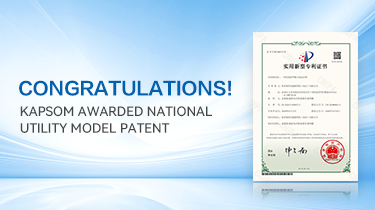Carbon dioxide capture and storage technology (CCS for short) refers to the process of separating CO2 from industrial or related energy sources, transporting it to a storage site, and isolating it from the atmosphere for a long time.
In a sense, CCUS technology is an upgrade of CCS technology. Specifically, this technology purifies the carbon dioxide emitted in the production process and then puts it into a new production process. Carbon dioxide can be recycled instead of simply stored. Compared with CCS, carbon dioxide can be recycled, which can generate economic benefits and is more practical.
How CCUS Technology Can Help Our Earth?
As one of the carbon emission reduction technologies, the main advantages of CCUS technology are its large emission reduction potential and the promotion of clean utilization of fossil energy such as coal.
From the industry perspective, CCUS can be applied to power, energy, cement, chemical, and steel industries that are difficult to reduce emissions. For industries like transportation and construction, which cannot reduce emissions through traditional CCUS technologies. However, biomass carbon capture and storage (BECCS) or direct air carbon capture and storage (DACCS) can also be used to reduce carbon emissions.
Up to now, as the only clean technology that can reduce carbon emissions in major industrial fields such as steel and cement and new coal-fired power plants, CCUS technology is the future for countries to fulfill their “carbon neutrality” commitments, ensure energy security, build ecological civilization and achieve important means of sustainable development.






